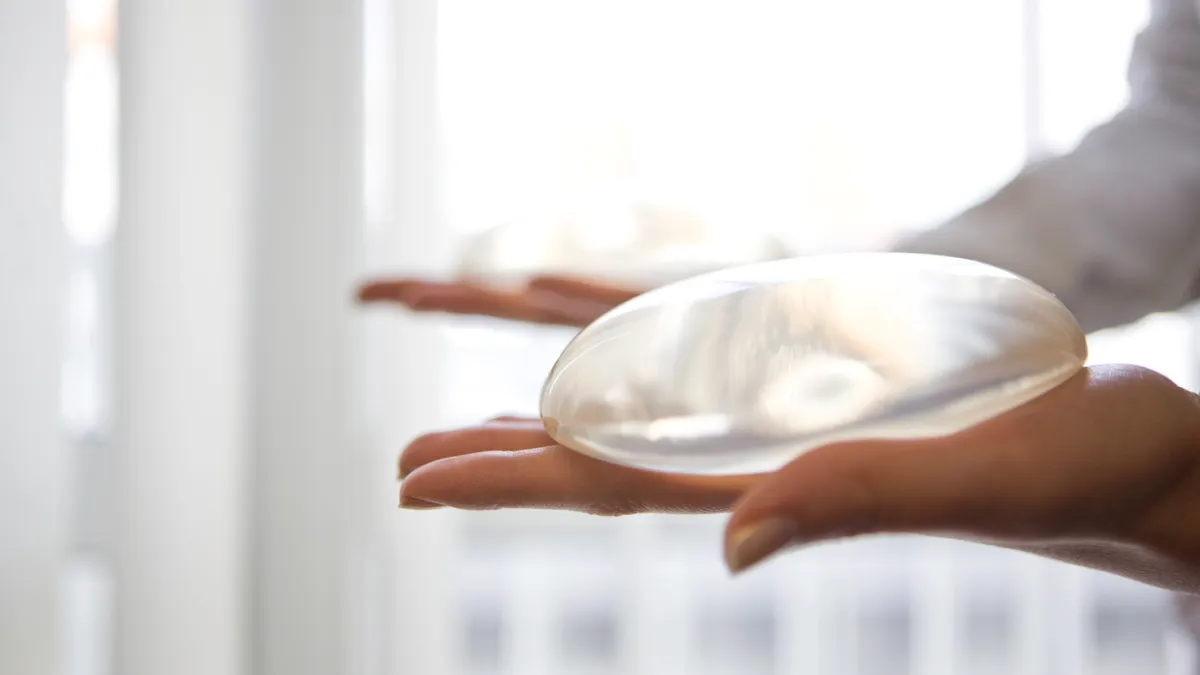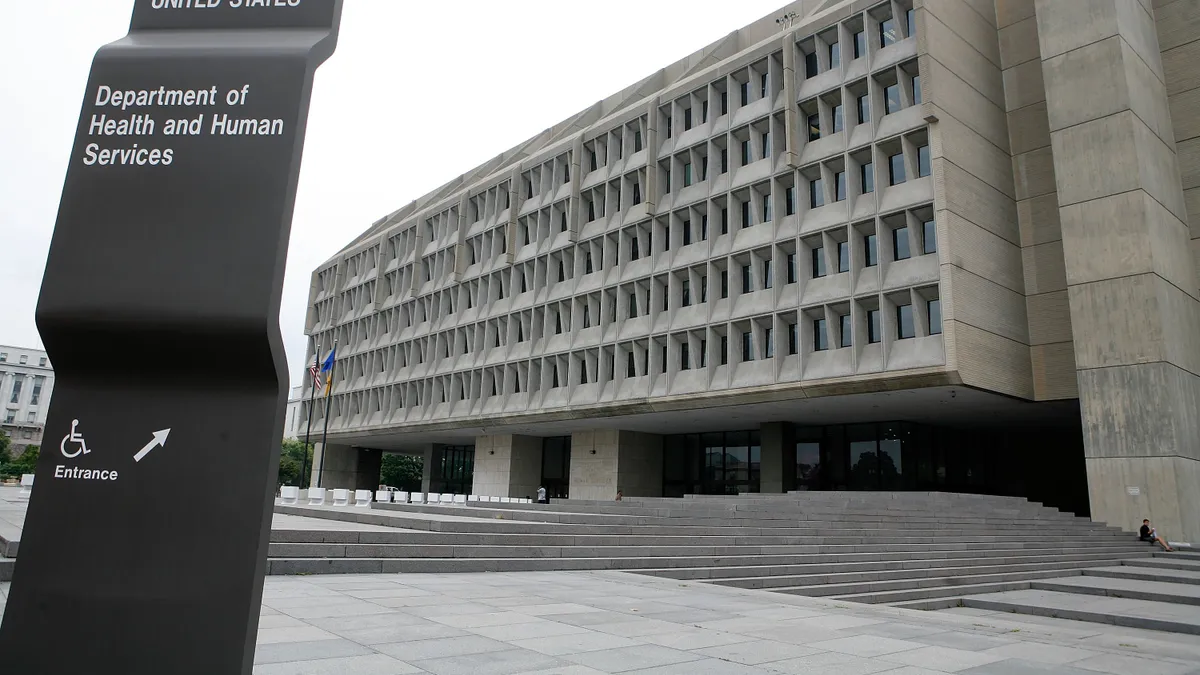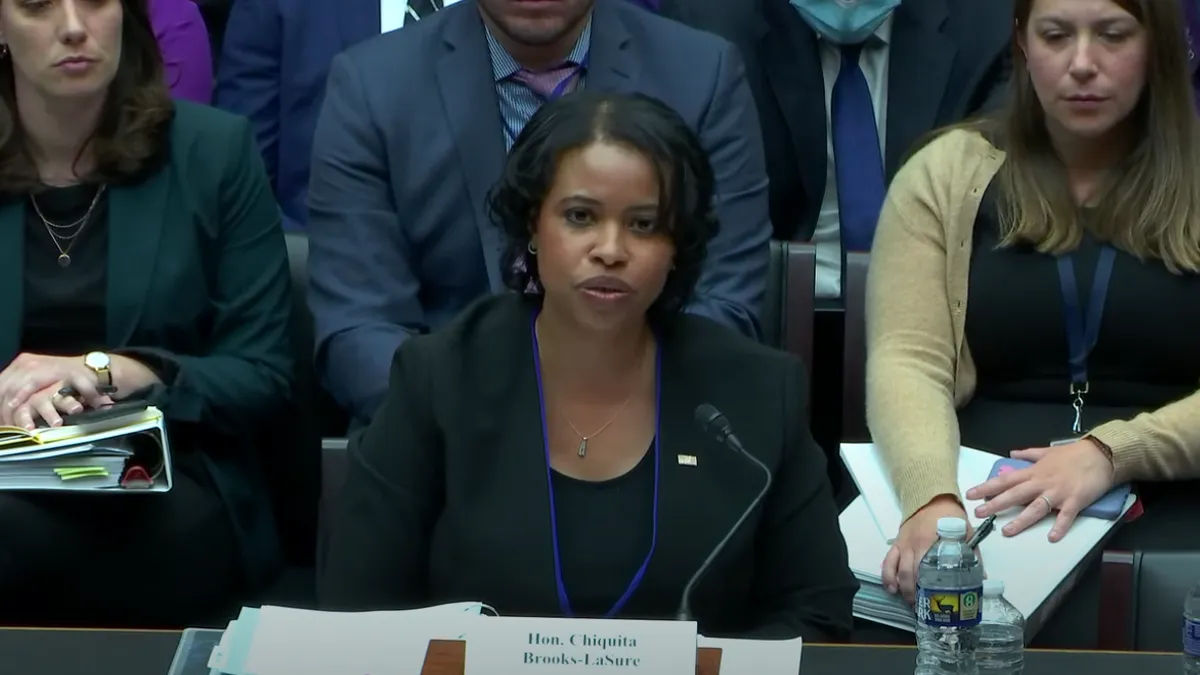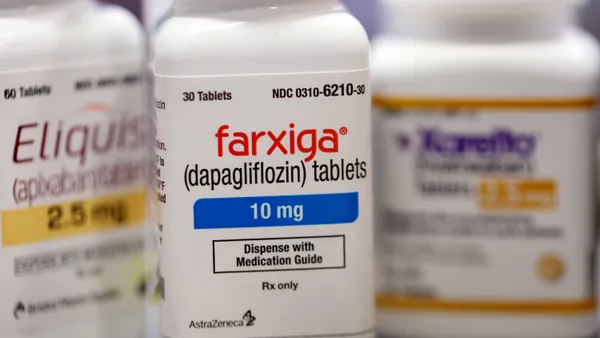Breast implants are causing a rare and potent form of cancer, and U.S. regulators may have been slow to warn of the danger, say doctors and patient advocates who have been reporting on the risks for years.
So far, with more than 300,000 breast implant procedures annually in the U.S., squamous cell carcinoma — a potentially aggressive tumor that develops in the scar tissue around the implant — has been detected in at least 19 cases, the Food and Drug Administration said earlier this month. Three of the cases resulted in death, according to the reports, which the FDA compiled from clinical literature.
The cancer can appear as much as 20 years after surgery, the agency added.
Patient advocates “have been sounding the alarm for years,” Maria Gmitro, president of the Breast Implant Safety Alliance, wrote in an email. She said the public might have been alerted earlier if the FDA had enforced required postmarket studies of the implants.
In 2006, when the FDA approved Allergan and Mentor Worldwide’s silicone gel-filled breast implants, the FDA required large, postmarket studies to better understand rare events and long-term outcomes. But by 2011, the manufacturers admitted they had lost track of many patients after implantation. In 2019 and 2020, the agency issued warning letters to Mentor, Sientra and Allergan for failing to follow up with patients in post-approval studies of their implants.
“Had the post-approval studies been continued and patients followed for symptoms, the public would have better data and information which was a missed opportunity that directly impacts patient safety today,” Gmitro said in a statement. Gmitro had her own breast implants removed in 2017 after three years of what she calls “continued health complications.”
One of the first reports of squamous cell carcinoma linked to breast implants surfaced in 1992, when plastic surgeons at St. Louis University School of Medicine noted the cancer was found 15 years after a woman had a breast augmentation procedure. Since then, more reports of the implant-associated cancer have accumulated, and even Facebook groups have formed: one for Breast Implant Associated Squamous Cell Carcinoma dates back to 2020.
The FDA first flagged the problem last September, noting 10 reports of the cancer. At the time, the agency said it did not have enough information to say whether breast implants cause the cancer, or if some implants pose a higher risk than others.
In an email, an FDA spokesperson wrote that the agency’s review was prompted by its “continual postmarket safety review of breast implants, including manufacturers’ compliance with post-approval studies, and collaboration with external stakeholders.”
“As we stated in September when the FDA issued the first safety communication about SCC, while we continue to believe that occurrences of SCC in the capsule around the breast implant may be rare, the cause, incidence and risk factors remain unknown,” the agency added.
Challenges counting
Challenges in reporting the cancer make it difficult to know the true number of cases. So far, the FDA said it has received 24 medical device reports of squamous cell carcinoma related to breast implants, but these don’t necessarily represent cancer incidence because of potential duplicate reports or underreporting, the agency said.
Dr. Scot Glasberg, president-elect of the Plastic Surgery Foundation, said he knew of 16 squamous cell carcinoma cases from literature, and another 23 from de-identified data. “While it’s a rare tumor, the concern is that it's fairly aggressive,” Glasberg said.
A review, recently published in Clinics in Plastic Surgery, counted 20 reported cases of squamous cell carcinoma associated with breast implants. Within six months, 43% of people who contract the cancer die, the review found.
Dr. Mark Clemens, the article’s corresponding author and a professor of plastic surgery at MD Anderson Cancer Center in Houston, said he thinks there are more cases than the 19 that the FDA disclosed in its recent report.
“Probably not exponentially more. I do think there are additional ones,” he said, adding that he was aware of about 10 other cases.
There are fewer cases of squamous cell carcinoma linked to implants than other breast implant-associated cancers. For example, there are more than 1,300 known cases of breast implant-linked anaplastic large cell lymphoma (BIA-ALCL), a cancer of the immune system, Clemens said. There have also been about 30 reported cases of another cancer, known as B-cell lymphoma, according to the review.
“When we started our research on the [BIA-ALCL] in MD Anderson, there were only 65 known cases. Now, there are just over 1,300,” Clemens said. “Awareness of these diseases is key to making sure patients are appropriately treated in a timely fashion.”

Dr. Mark Clemens
Professor of plastic surgery at MD Anderson Cancer Center
Until recently, patient registries only collected data on breast implant-linked anaplastic large cell lymphoma. The National Breast Implant Registry — a collaboration between the Plastic Surgery Foundation, the FDA, patients and implant manufacturers — started capturing data about squamous cell carcinoma and other lymphomas late last year. Even now, the data is collected only from plastic surgeons, Gmitro said, while these cases might be detected by oncologists, gynecologists, general practitioners or other physicians.
And since cases of squamous cell carcinoma are detected an average of 20 years after implantation, there’s a chance that the original surgeon may no longer be practicing, leaving patients to seek follow-up treatment from other practitioners. Or, the brand name of the implant may have changed, Gmitro said, adding that this also makes cases difficult to track.
The first step to identifying the scope of the problem is to require all doctors and medical practitioners to report any cases of cancer linked to implants directly to the FDA, she added.
Recent scrutiny
Breast implants last faced scrutiny in 2021 when the FDA told implant makers Allergan, Ideal Implant, Sientra, and Johnson & Johnson subsidiary Mentor to put black box warnings on the device labeling, informing doctors and patients about the risk of cancer and other complications, and to make it clear that the implants don’t last for a patient’s lifetime.
The agency also said that healthcare providers and facilities selling the devices must review a decision checklist with patients prior to surgery, which includes information on the rates of breast implant-linked anaplastic large cell lymphoma associated with the devices. But it hasn’t yet included the same requirement for squamous cell carcinoma.
Some people who have gotten implants may also develop breast implant illness, a term used to describe systemic symptoms including fatigue, brain fog, and joint or muscle pain, according to the FDA.
Despite these concerns, the number of procedures has increased in recent years.
In 2021, despite the pandemic, surgeons performed 365,000 breast augmentations, and 148,000 people had implants removed and replaced, according to the Aesthetic Society, a professional group for plastic surgeons. By comparison, there were 280,692 breast augmentations in 2019.
In addition, 71,000 people had their implants removed and not replaced, an increase from 2019.
In total, breast augmentation procedures alone brought $1.54 billion in revenue in 2021 to U.S. plastic surgery practices, the Aesthetic Society reported.
Diagnosis and treatment
While the anaplastic large cell lymphoma is associated only with textured implants, cases of squamous cell carcinoma have been reported in all types of breast implants. A potential cause could be localized immune suppression directly around the implant linked to inflammation, MD Anderson’s Clemens said.
The difference in prognosis between the cancers is stark: While most people with anaplastic large cell lymphoma who have limited disease are able to achieve complete remission, nearly half of people with squamous cell carcinoma die within six months, according to Clemens’ review.
The cases are linked to the implant, the Plastic Surgery Foundation’s Glasberg said, noting “the pathology of the capsules [the scar tissue around the implant] seems to suggest that the tumor is emanating from the capsule.”
“Any tumor potentially linked to a device that has a high mortality rate would be considered significant, even if the number of cases noted so far is very rare.”

Dr. Scot Glasberg
President-elect of the Plastic Surgery Foundation
People with breast-implant related cancers experience symptoms including pain, swelling, fluid buildup and redness, although squamous cell carcinoma is more likely to show up as a mass spreading outside of the scar tissue around the implant, according to the article published in Clinics in Plastic Surgery.
While signs of these cancers can show up in a regular screening or mammogram, they are not specific to these cancers and can overlap with benign implant complications, wrote Jennifer Cook, director of BIA-ALCL advocacy for the Breast Implant Safety Alliance, in an emailed statement.
The cancer may go unrecognized if the radiologist reading the image is not up to date in their knowledge or if the cancer risk is deemed too remote to justify a biopsy or costly next steps, Cook said, adding that an MRI or ultrasound is usually better than a mammogram at detecting signs of the cancer.
The American Society of Plastic Surgeons recommends surgeons send biopsies to be tested for squamous cell carcinoma in addition to BIA-ALCL for diagnosis, said Glasberg, a former president of the society. Ahead of a planned implant removal, the group also recommends an MRI to detect whether there could be a tumor in the scar tissue closer to the chest wall, so that a surgeon is prepared if more extensive surgery is needed.
Even when a cancer linked to breast implants is discovered, many patients find that while insurance companies will cover implant removal and reinsertion for people who underwent breast reconstruction, only 17% cover it in cases of augmentation and many explicitly deny cancer treatment if the patient had a prior history of cosmetic surgery, according to the review.
“They are getting denied diagnosis and treatment,” Clemens said, adding that clinical societies are lobbying to change this.
Informed consent
The FDA appears concerned enough about the cancer risks that it is asking manufacturers to add information about the risks of squamous cell carcinoma to device labeling, and although that hasn’t yet been made a requirement, “my guess is in some short order they will,” Glasberg said.
The agency said it hopes that increased awareness of this issue “may result in reporting of additional cases so the FDA can further evaluate the issue and have a better understanding of the risk,” the spokesperson wrote in an email. “We will continue to inform the public as any new significant information is available.”
Gmitro of the Breast Implant Safety Alliance would also like patients to be told that implants can cause squamous cell carcinoma, as part of the informed consent checklist patients receive before surgery.
“We still have concerns about how this information is presented to the patient since there is no mandate or accountability system in place. Also, there is still no mechanism in place to warn patients when safety issues arise, which BISA believes should [also] be a requirement,” Gmitro said.
“You have a car. They find you when there’s a problem with the car. Why can’t we do this with devices implanted in our bodies?” she asked.






















